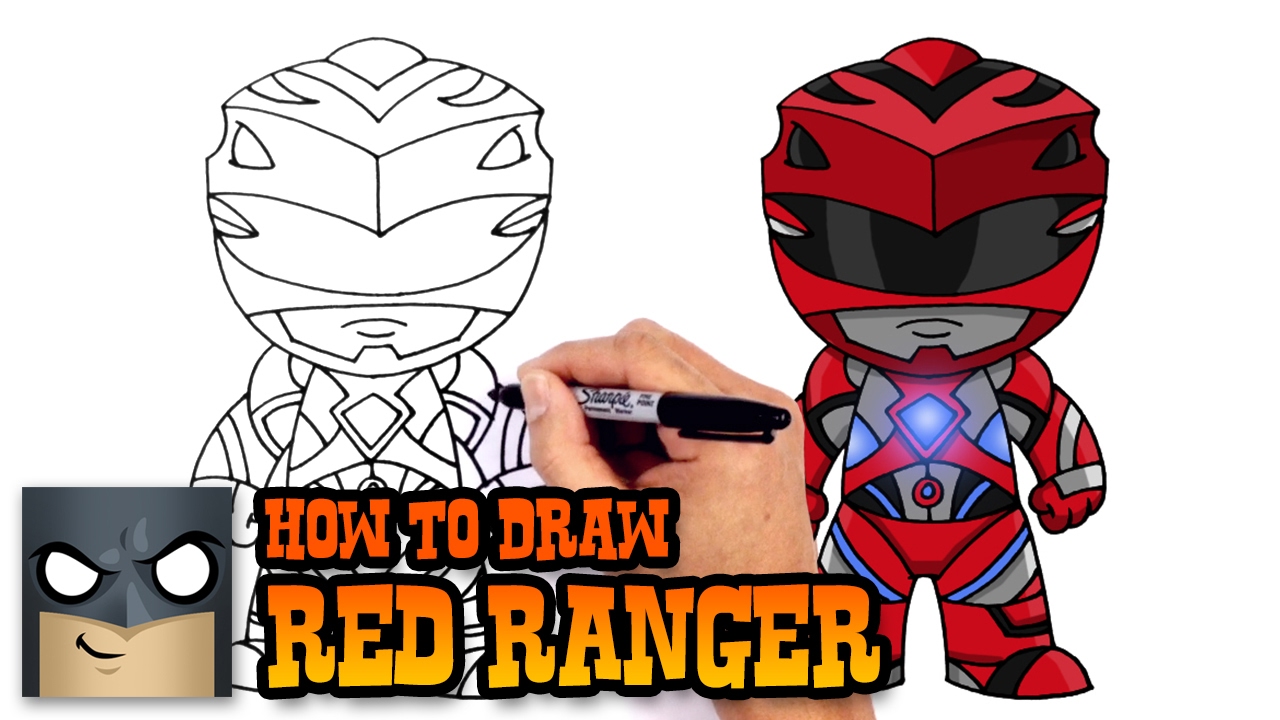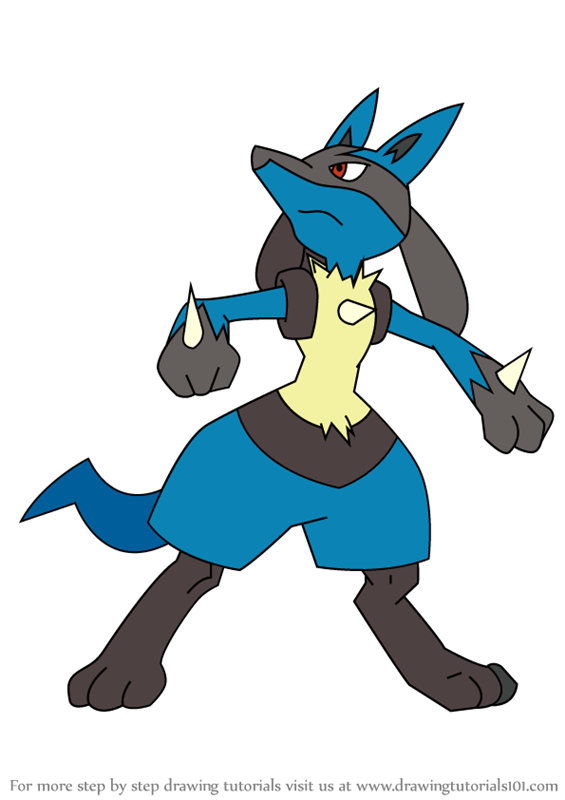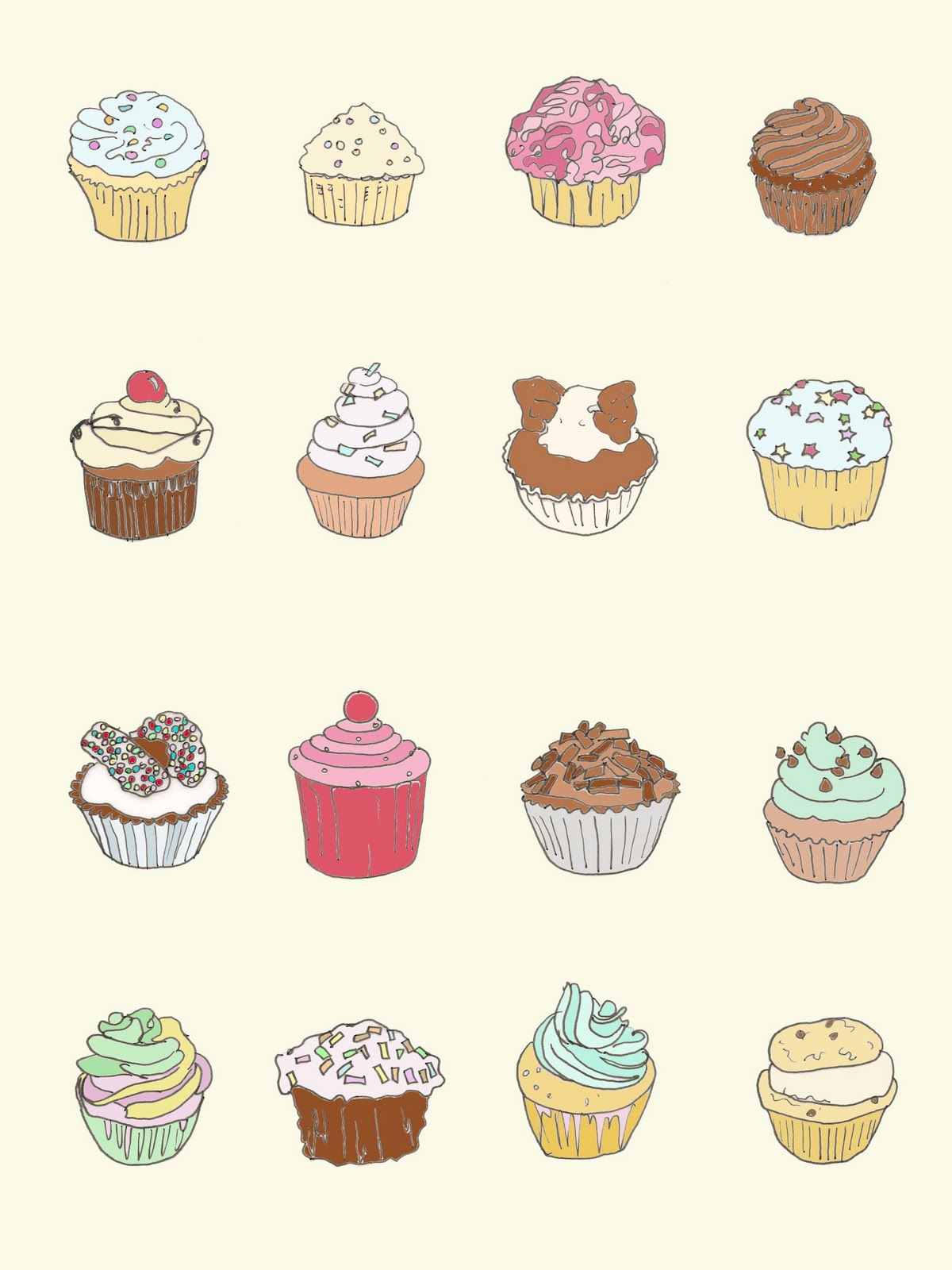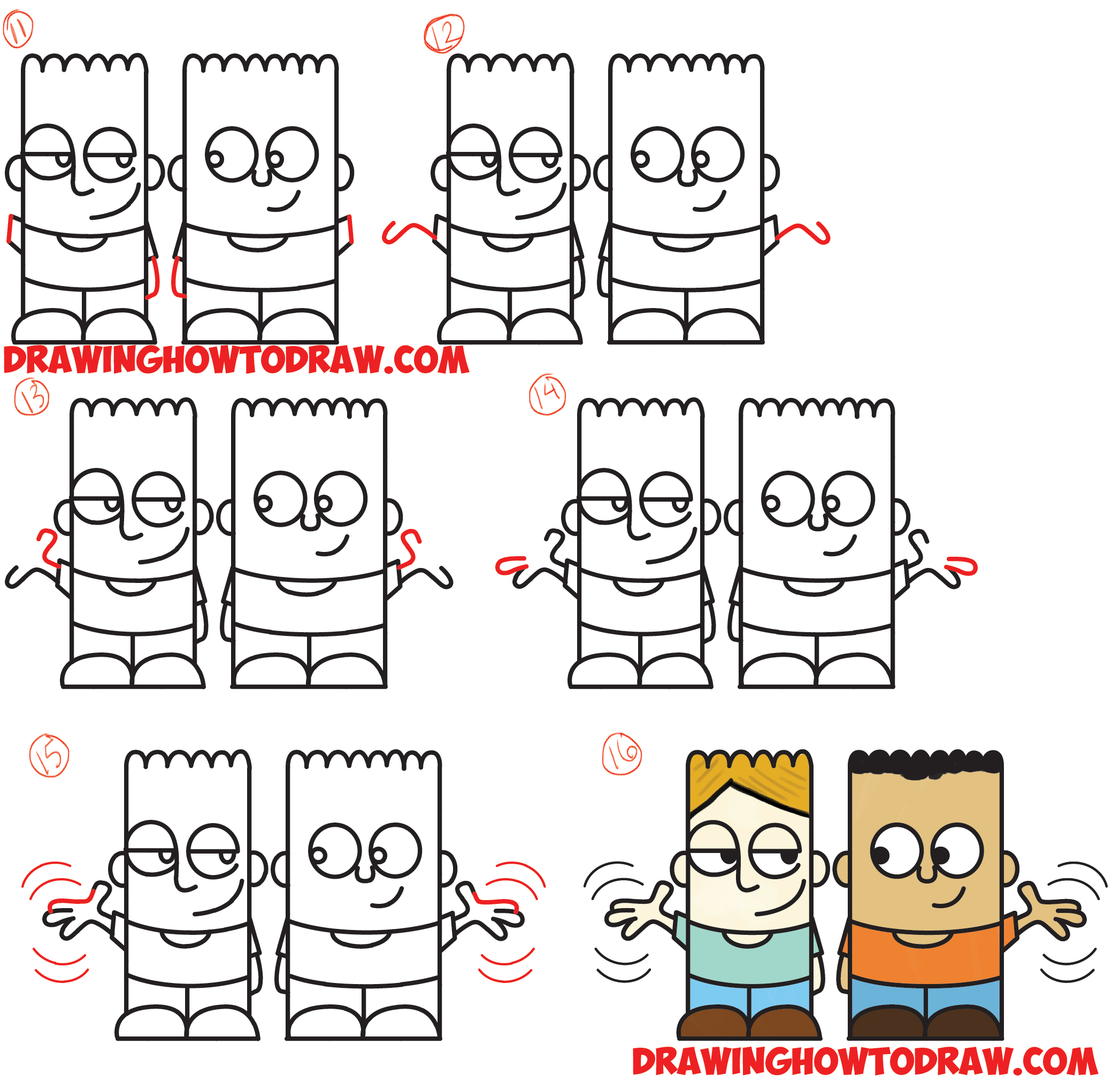Folds creases louie pliegues
Table of Contents
Table of Contents
If you’re an artist or enjoy drawing, one of the most challenging aspects is drawing clothing folds. This can be a frustrating experience, but with the right techniques, it can become much easier. In this post, we’ll discuss how to draw clothing folds and offer some tips and tricks for making your drawings look more realistic.
Pain Points Related to How to Draw Clothing Folds
Drawing clothing folds is a challenging task, especially for those who are just starting. Understanding how to create folds that look natural and accurate can take time and patience. Additionally, knowing the right techniques and tools to use can be difficult if you’ve never done it before. Folds can make the difference between a mediocre drawing and a stunning one.
Answer to How to Draw Clothing Folds
Creating realistic-looking folds requires attention to detail and honing your observation skills. Pay close attention to the way fabric folds and flows in real life or in reference images. Pay attention to the light source, as it plays a significant role in creating shadows and highlights on the clothing. Begin by mapping out the basic folds in the fabric and gradually building up details using shading, highlights, and shadows.
Summary of How to Draw Clothing Folds
To draw realistic clothing folds, you need to pay attention to detail and hone your observation skills. Map out the basic folds and gradually build up details using shading, highlights, and shadows. Keep a close eye on the light source, as it plays a significant role in creating shadows and highlights on the clothing. By following these simple tips and using the right techniques, you’ll be able to create stunning clothing folds that bring your art to life.
How to Draw Clothing Folds: Tips and Tricks
When I first started drawing, I struggled with creating natural-looking folds in clothing. One of the most significant challenges was understanding the way fabric moves and folds. After some practice and research, I’ve come up with some tips and tricks that have helped me create more realistic clothing folds.
One of the most critical tips is to observe how the fabric folds and flows in real life or in reference images. Notice the way the fabric hangs and follows the curves of the body. Another important factor is lighting. Pay attention to where the light is coming from, as this will affect the shadows and highlights on the clothing. Use shading to create depth and dimension in the folds. Remember, folds often happen in groups of two, so look for these patterns in your reference images.
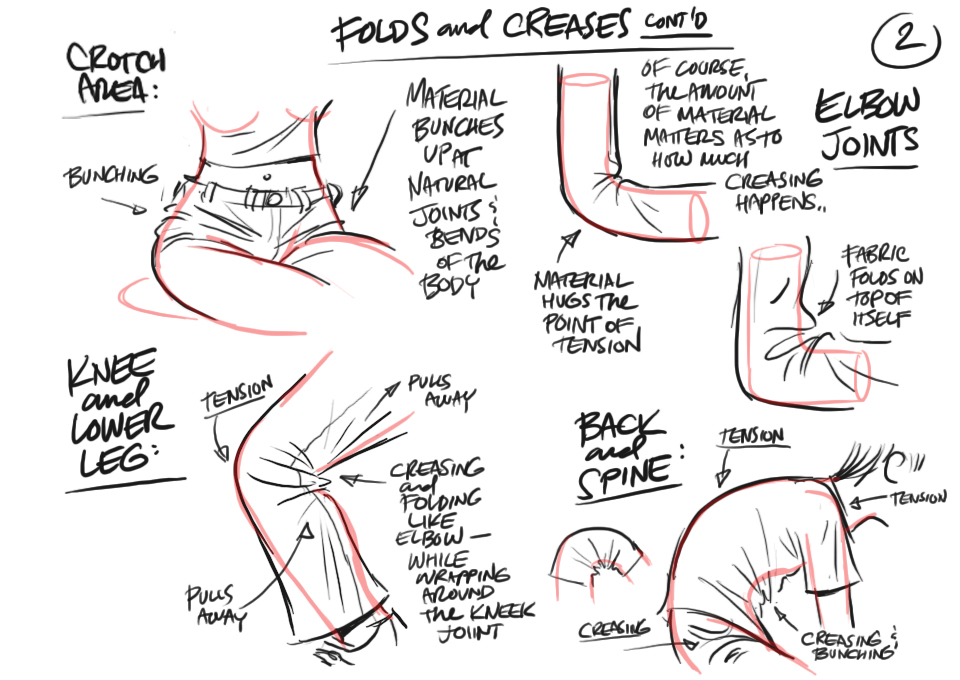
Tools to Use for Drawing Clothing Folds
Aside from using proper techniques, using the right tools can make a significant difference in creating more realistic clothing folds. One of the most important tools is a good quality pencil. A graphite pencil will allow you to create a range of tones and shading, which are essential in creating folds that look natural.
Another tool to use is a blending tool or eraser. Blending tools can help you create a smooth transition between tones, while an eraser is useful for creating highlights on the fabric.
The Importance of Practice
Like any skill, creating realistic clothing folds takes practice. It may not happen overnight, but with time, you’ll begin to develop your own style and techniques that work for you. Don’t be afraid to experiment with different shading techniques or tools, as this can help you find what works best for you.

Common Mistakes When Drawing Clothing Folds
One of the most significant mistakes that artists make when drawing clothing folds is not considering the light source. Lighting plays a crucial role in creating shadows and highlights, and understanding this can make a significant difference in how realistic your folds look.
Another mistake is not paying attention to the way fabric moves and folds. Pay attention to the way fabric drapes and flows, as this can help you create folds that look more natural.
Conclusion of How to Draw Clothing Folds
Drawing clothing folds can be challenging, but with the right techniques and tools, it can become much more manageable. Remember to observe how fabric folds and flows, use shading and highlights to create depth and dimension, and pay attention to the lighting. Practice is also essential in developing your style and techniques. By following these tips and tricks, you’ll be able to create stunning clothing folds that bring your art to life!
Question and Answer
Q: How can I create natural-looking folds?
A: Pay attention to the way fabric moves and folds in real life or in reference images. Use shading, highlights, and shadows to create depth and dimension.
Q: What tools should I use to draw clothing folds?
A: A good quality graphite pencil and blending tool or eraser will help you create more realistic clothing folds.
Q: What are some common mistakes when drawing clothing folds?
A: Not considering the light source or the way the fabric moves and folds are common mistakes when drawing clothing folds.
Q: Why is practice essential in drawing clothing folds?
A: Like any skill, practice is essential in developing your style and techniques. With time and practice, you’ll be able to create stunning clothing folds that bring your art to life.
Gallery
How To Draw Clothes And Folds! | Drawing Lessons
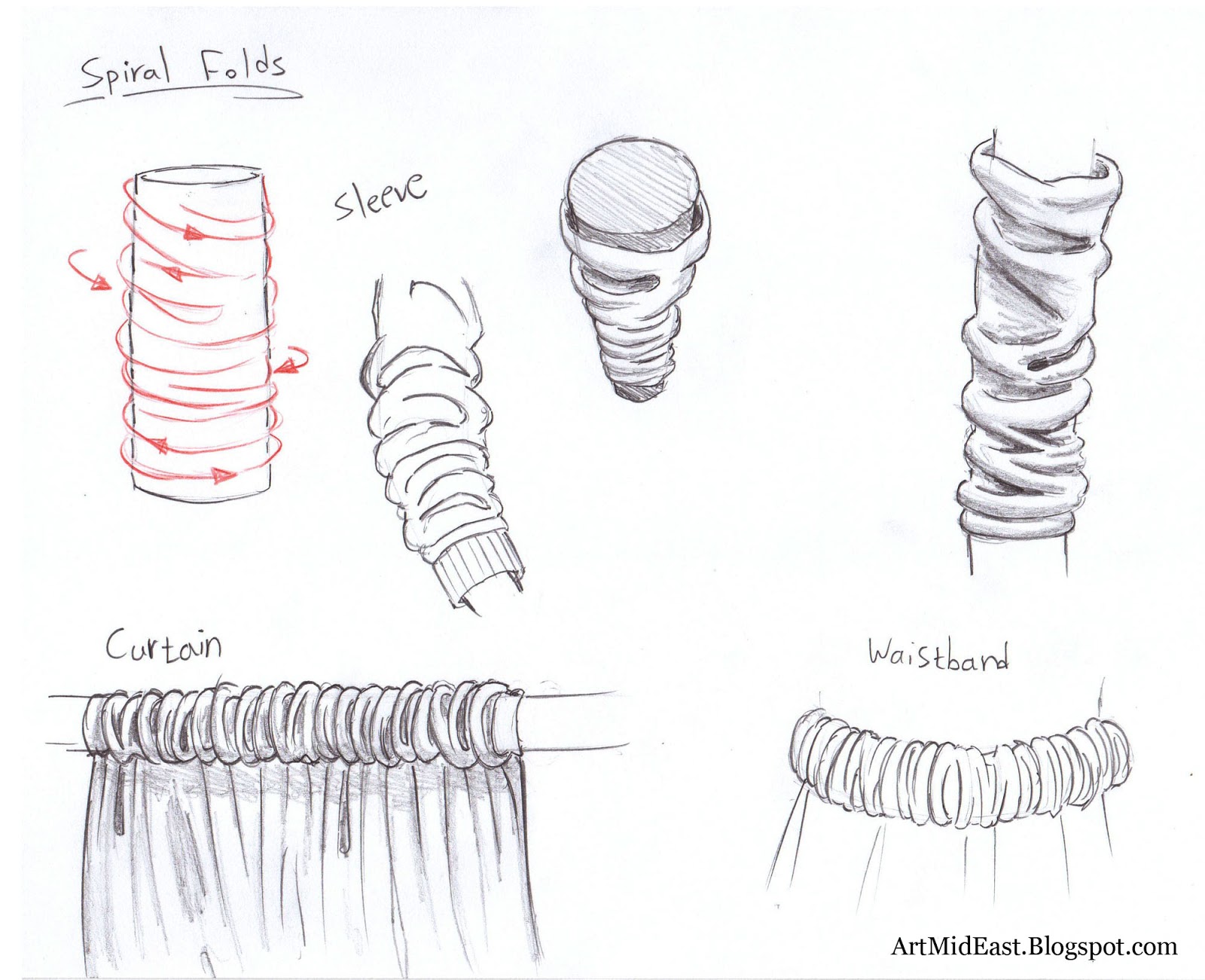
Photo Credit by: bing.com / folds draw drawing clothes spiral clothing wrinkles folding cloth fabric drapery lessons reference dress sketch enlarge anime cloths tips tutorials
Clothing And Folds Tutorial By Juliajm15 On DeviantArt | Art Tutorials

Photo Credit by: bing.com / tutorial drawing clothing reference techniques tips folds drawings cartoon hair sketches body deviantart
How To Draw Clothes Wrinkles - Lvandcola

Photo Credit by: bing.com / wrinkles folds finch
Just Started Art, Working On Clothes Not Really Good At Character

Photo Credit by: bing.com / folds struggle less cloths doitbeforeme vu
The Posmaker: Drawing: Folds

Photo Credit by: bing.com / folds creases louie pliegues
